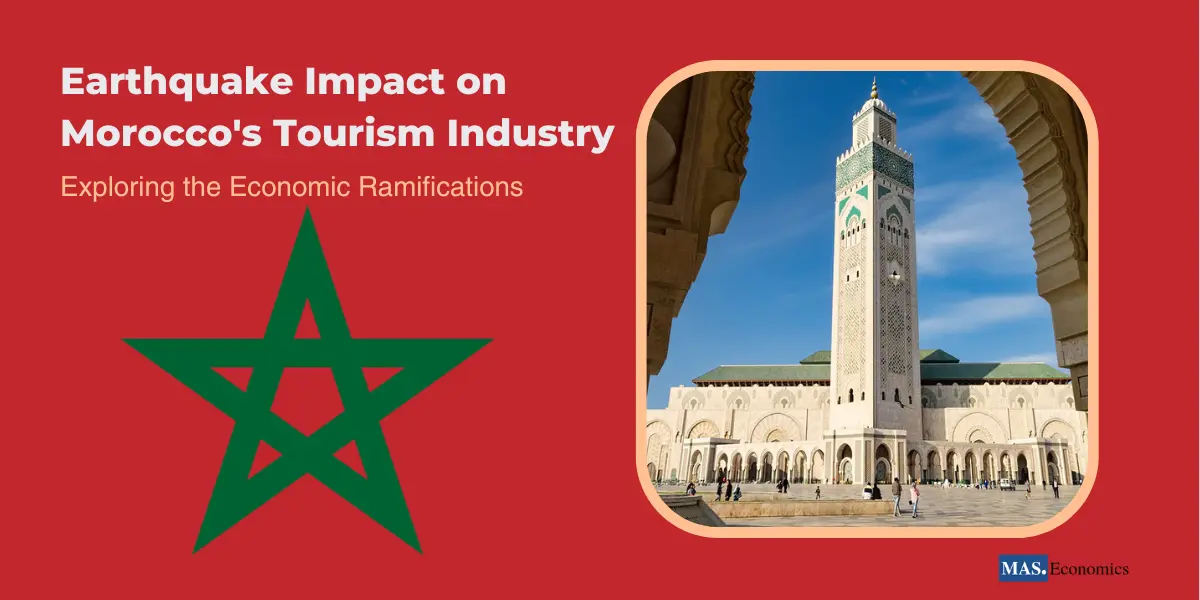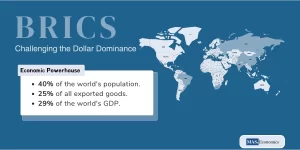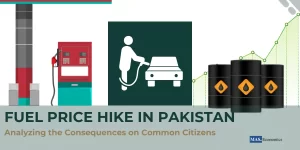Morocco, known for its vibrant culture, historical treasures, and breathtaking landscapes, was recently rocked by a powerful earthquake. The earthquake, which had a magnitude of 6.8, struck several regions of the country, causing widespread damage and loss of life.
The earthquake has had a devastating impact on Morocco’s tourism industry. The country is a popular tourist destination, with millions of visitors yearly. However, the earthquake has caused widespread damage to tourist infrastructure, such as hotels, restaurants, and tourist attractions. This has led to a decline in tourist arrivals, and it is estimated that the tourism industry will lose billions of dollars in revenue due to the earthquake.
The earthquake has also had a significant impact on the lives of Moroccans. Thousands of people have been displaced, and many businesses have been destroyed. The Moroccan government has pledged to rebuild the affected areas, but restoring the country to its former glory will take time and effort.
This article will explore the earthquake’s economic impact on Morocco’s tourism industry. It will discuss the factors contributing to the decline in tourist arrivals and assess the prospects for the tourism industry’s recovery.
Earthquake’s Impact by the Numbers
Casualties and Infrastructure Damage
As of September 10, 2023, the death toll from the earthquake has risen to a heartbreaking 1,300 people, with over 1,000 injured. The destruction extends far beyond human lives, severely compromising homes, businesses, schools, hospitals, roads, bridges, and power lines. Preliminary estimates suggest that the cost of repairing this widespread damage will soar into the billions of dollars.
Immediate Costs of Rescue and Relief
The immediate financial toll of rescue and relief operations is staggering, with an estimated $100 million already allocated. The Moroccan government, with support from the international community, is bearing the brunt of these expenses. According to the United Nations Office for the Coordination of Humanitarian Affairs (UNOCHA), the estimated immediate costs of rescue and relief efforts are around $100 million. However, this is just an estimate, and the actual costs could be higher.
The immediate costs of rescue and relief efforts include the following:
- The cost of providing food, water, shelter, and medical care to the affected population.
- The cost of repairing damaged infrastructure, such as roads, bridges, and power lines.
- The cost of clearing debris and removing rubble.
- The cost of providing psychological support to the affected population.
How the Earthquake Rocked Morocco’s Tourism
Morocco’s tourism industry is a cornerstone of the country’s economy. In 2021, it generated a substantial $8.2 billion in revenue, contributing significantly % to the nation’s GDP at 7.1%. Beyond its economic impact, this industry plays a pivotal role in employment, providing livelihoods for over 2 million people, accounting for 10% of the workforce.
Among Morocco’s attractions, some of the most sought-after tourist destinations include Marrakech, Fez, and Casablanca. These cities are celebrated for their historical sites, rich cultural tapestries, and delectable cuisine. Furthermore, Morocco’s captivating coastline beckons sun-seekers from around the globe.
Morocco’s tourism sector has been on an upward trajectory in recent years, displaying steady growth. By 2021, the number of international tourists gracing Morocco’s shores had swelled to 12.9 million, marking a remarkable 20% increase from the preceding year.
However, the COVID-19 pandemic substantially shadows the Moroccan tourism landscape. In 2020, the sector experienced a staggering 75% decrease in international tourist arrivals. Nonetheless, the industry has displayed resilience in the face of adversity, embarking on a path to recovery. Morocco’s tourism sector is projected to regain its pre-pandemic vigor by 2023.
What Research Tells Us About Earthquakes and Tourism
The recent earthquake in Morocco has devastated the country, both in terms of human life and infrastructure. The tourism industry is also likely to be affected, as natural disasters can significantly negatively impact travel and tourism.
There is a growing body of research on the impact of earthquakes on tourism. Some of the key findings from this research include:
Natural disasters can significantly negatively impact tourism demand, with tourist arrivals often declining in the aftermath of a disaster. This decline can be attributed to various factors, including safety concerns, infrastructure damage, and changes in tourist behavior.
The impact of natural disasters on tourism can vary depending on several factors, such as the severity of the disaster, the location of the disaster, and the time of year when the disaster occurs. For instance, destinations prone to earthquakes may experience a more significant and prolonged impact on tourism than those in less earthquake-prone areas. Additionally, disasters during peak tourist seasons can result in more significant economic losses.
The tourism industry can recover from natural disasters, but it can take time. While a disaster’s immediate aftermath may show a sharp decline in tourist arrivals, destinations can gradually rebuild and regain their appeal. This recovery process often involves repairing physical infrastructure and rebuilding trust among tourists and stakeholders in the goal.
What does the research say?
We can draw insights from recent research to understand how Morocco’s tourism industry might fare in the aftermath of this earthquake.
One study found that natural disasters can significantly negatively impact tourism demand, with tourist arrivals often declining in the aftermath of a disaster. The study also found that the impact of natural disasters on tourism can vary depending on several factors, such as the severity of the disaster, the location of the disaster, and the time of year when the disaster occurs.
Another study found that tourism demand can experience unexpected boosts post-disaster, often termed “dark tourism.” This study examined the case of Nepal, which experienced a series of earthquakes in 2015. The study found that tourism demand in Nepal increased in the year following the earthquakes as tourists were drawn to the country to see the damage and learn more about the disaster.
A third study explored the psychological impacts of natural disasters on economic behavior. The study found that survivors of natural disasters may exhibit contrasting tendencies, such as increased savings for self-insurance and increased spending to “enjoy life while it lasts.” Even those unaffected economically may change their financial behavior, with potential implications for tourism spending.
These studies suggest that the impact of earthquakes on tourism can be significant. Still, it is essential to consider all the factors involved when assessing the potential impact of a disaster. By understanding the research, tourism businesses and governments can develop strategies to mitigate the effects of earthquakes on tourism and help the industry recover.
Conclusion
The earthquake in Morocco has shaken the ground and the foundations of its tourism industry. While the numbers quantify the immediate impact, insights from research paint a nuanced picture of how tourists behave after natural disasters. The Moroccan government’s commitment to reconstruction is promising, but challenges lie ahead. How quickly and effectively the country recovers will determine the future of its tourism industry.
Morocco’s journey to restoration will be closely watched as it navigates the delicate balance between preserving its cultural treasures and welcoming back tourists from around the world.




